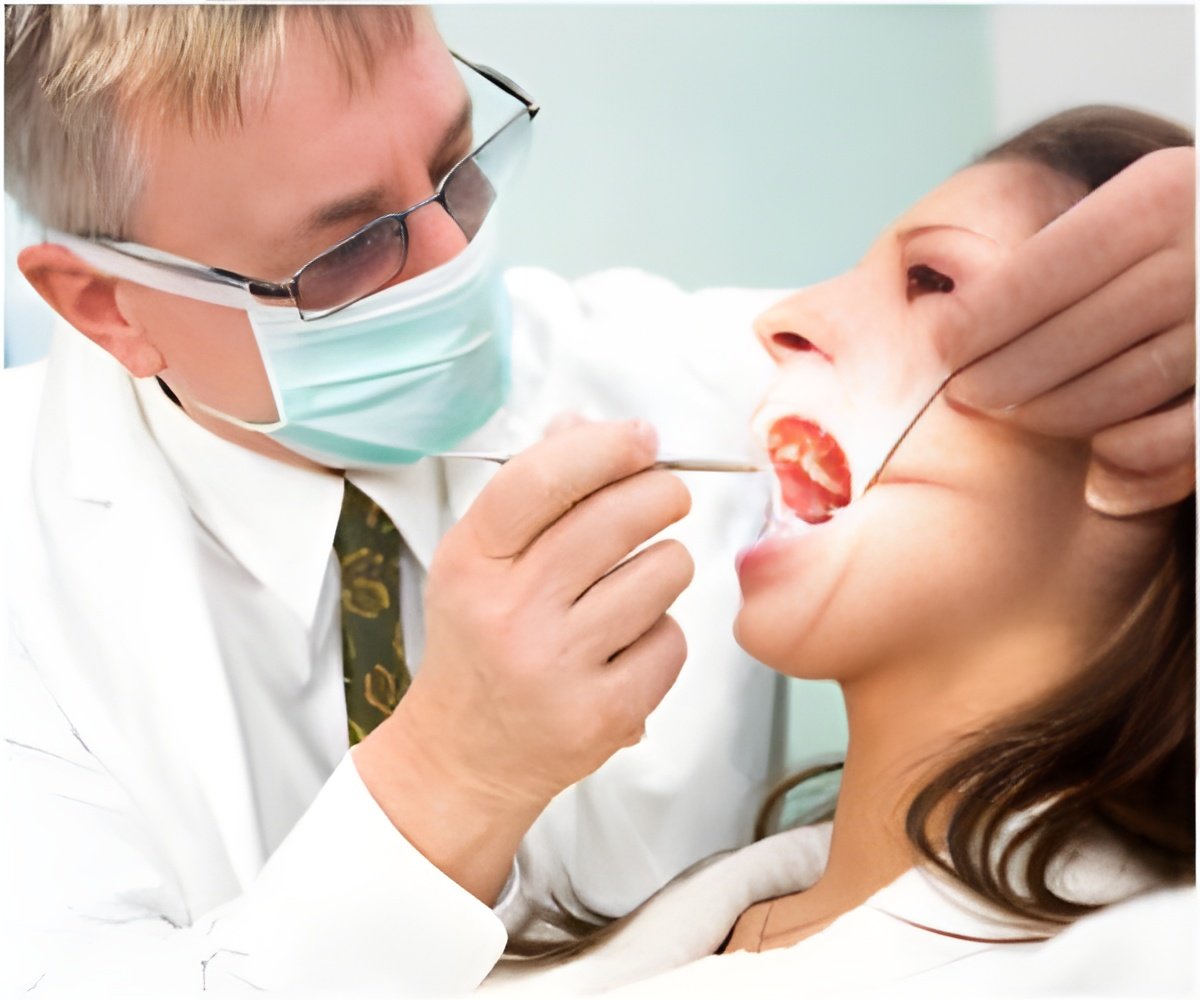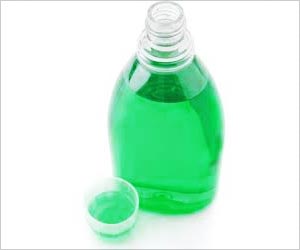
This approach is taken in the UK which is based on the best available evidence and saves money by leaving alone wisdom teeth that are never going to cause a problem in the first place.
“The core message is using evidence to drive healthcare reform,” says Professor Marc Tennant of the University of Western Australia, who worked for 20 years in public health dentistry. “In Britain when they started to apply some evidence-based criteria, the number of teeth they needed to remove dropped, and has remained relatively low over the past 10 years or so.”
The last of our teeth to emerge are the wisdom teeth that start appearing by age 17. The teeth become impacted, remaining hidden under the gums or pushing into other teeth in large proportion of cases. Dentists often remove impacted wisdom teeth to avoid the risk of problems such as pain, gum inflammation and decay.
Guidelines from the UK National Institute for Health and Care Excellence (NICE) say that only patients who have diseased wisdom teeth or other problems should have their teeth removed.
There is no evidence that taking out asymptomatic teeth as a precaution benefits patients, say the UK guidelines. Instead they advise dentists to keep a close eye on the teeth to see if they develop problems.
Advertisement
Tennant and colleagues, including graduate student Abed Anjrini, previously found 527 per 100,000 Australians were admitted to hospital for impacted wisdom teeth removal in 2008/09. This is seven times higher than in the UK and continuing to increase.
Advertisement
A “watchful monitoring strategy” would save Australians between $420-513 million a year, including indirect costs (for instance time off work), say researchers.
The costs involved in wisdom teeth removal in Australia are mostly borne by individuals, usually drawing on their private health insurance. But the approach taken by the UK and recommended by Tennant and colleagues is just a cost-saving exercise argue Dr Rick Olive, president of the Australian Dental Association.
“This is the argument that is used by those who seek to ration healthcare,” says Olive, who is currently involved in researching the impact of wisdom tooth removal himself.
There is not enough research to back evidence-based guidelines for impacted wisdom teeth removal, so it should be up to the patients, advised by their dentists, to decide whether they want to take the risk of keeping their impacted wisdom teeth, he said.
Olive says that an important thing to consider is that the older you are when you have your wisdom teeth out the more likely you will suffer complications from the surgery, which affects 5 to 21% of people.
In the meantime, watchful monitoring means you will also receive extra radiation from dental x-rays, he says. The UK approach just defers problems arising from wisdom teeth and will result in an increasing rate of surgical complications, Olive believes. Although, he adds, we won’t know if this is the case for another 15 years.
Source-Medindia














